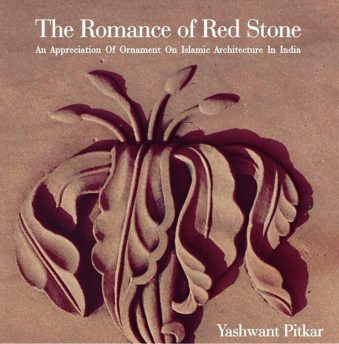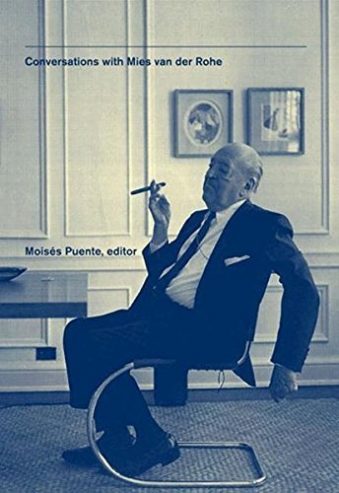- Empty cart.
- Continue Shopping
Myths and symbols in Indian Art and Civilization|| Book by Heinrich Zimmer
This book interprets for the Western mind the key motifs of India’s legend, myth, and folklore, taken directly from the Sanskrit, and illustrated with seventy plates of Indian art. It is primarily an introduction to image-thinking and picture-reading in Indian art and thought, and it seeks to make the profound Hindu and Buddhist intuitions of the riddles of life and death recognizable not merely as Oriental but as universal elements.
Heinrich Zimmer (1890-1943), one of the leading orientalists of our time, was a lifelong student of the culture, religion, and art of India. He taught and lectured at Greifswald and Heidelberg universities, before choosing to leave Germany during the Nazi dictatorship; then at Oxford; and after coming to the United States in 1940, at Columbia University, where he was engaged in courses on Indian art and philosophy at the time of his death.
The present volume (Ist edition, 1946) was Professor Zimmer’s first work to appear in English. It has been followed (also in Bollingen Series) by three other volumes reconstructed from the materials he left unfinished: The King and the Corpse (1948), Philosophies of India (1951), and The Art of Indian Asia (1955),














